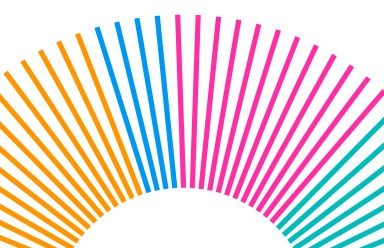Marketers constantly have to adapt to changing markets and demands to get their messages and products to consumers. The challenge to stand out from the crowd is even greater in India’s dynamic and rapidly changing media and retail outlets.
The country’s media has recently fragmented, with the average Indian consumer seeing over 3,000 marketing messages per day. In addition, mobile popularity is skyrocketing, connectivity is on the rise, and more products than ever are available for shoppers. At the same time, while economic growth in India is still strong by global standards, it has slowed. Industry leaders convened in New Delhi, India, at the Nielsen Consumer 360 event, to discuss how to evolve amid an ever-changing market.
Nielsen’s “Three R” framework (reach, resonance and reaction) is an effective way to evaluate advertising campaigns. Reach measures whether the campaign was relevant—did it reach the intended audience? Resonance determines if the campaign message influenced the audience—did it improve the consumer’s opinion of the brand? Reaction looks at what the consumer did after seeing the ad—did the campaign influence a purchase decision?
How Can Indian Marketers Apply These Strategies?
When planning distribution strategies across India, reaching the right stores is critical. Out of eight million FMCG retail outlets in urban India, 2.3 million drove 80 percent of sales. In rural India, 11 percent of outlets across 600,000 villages drove 60 percent of sales.
Across the global media landscape, Nielsen research shows that the first seven seconds of an ad are the most crucial in capturing a consumer’s attention and can boost a consumer’s opinion of the brand by 15 percent to 20 percent. With Indian consumers barraged with 3,000 marketing messages per day, optimal ad frequency is also paramount. Contrary to conventional wisdom, too many ad runs can sometimes hurt effectiveness—also known as the “wear out” effect. In fact, as few as 15 percent of the ad campaigns Nielsen evaluated actually benefited from increased frequency.
For brands to stand out in India, retailers should appeal to their consumers’ desire to leverage life’s little moments of luxury and connect with how their customers are shopping. In-store promotions and deals are a long-favored strategy, and for good reason. Half of all Indian shoppers search out promotional items. But, premiumisation is also critical in this market, with 40 percent saying they actively seek out upgraded products.



